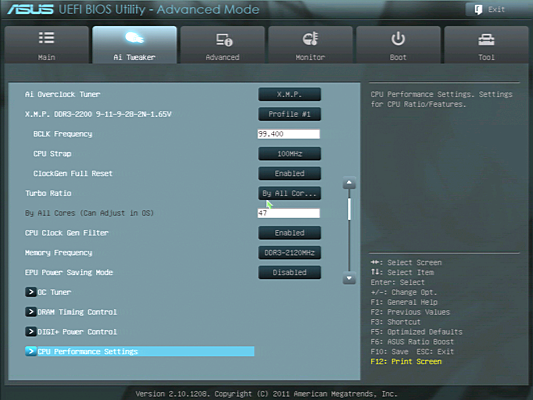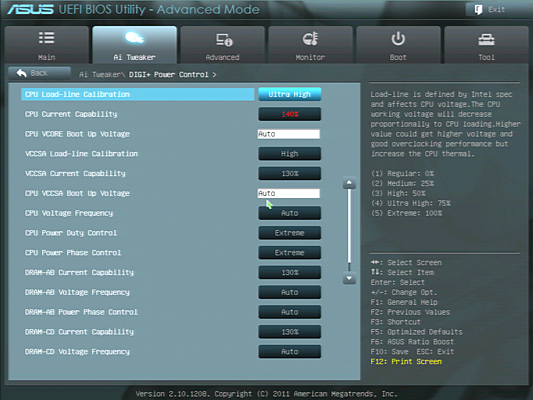Six $200-$260 LGA 2011 Motherboards, Reviewed
We know that Intel's X79 Express platform hosts the fastest desktop processors in the company's portfolio. But can it be made more affordable? We round up the least-expensive $200-$260 motherboards to determine how much you have to give up for cheap X79.
P9X79 Firmware
P9X79 firmware includes several automatic and manual overclocking options in addition to Asus OC Tuner, which is designed to automatically find the company's idea of an optimized overclock based on incremental clock increases and stability tests. We’re a little cautious with core voltage settings, though, and prefer to set this manually.
We didn’t quite reach 4.7 GHz on the P9X79, but small 0.1 MHz BCLK increments allowed us to set 4672 MHz using the same 47x CPU multiplier.
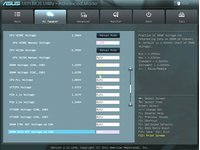
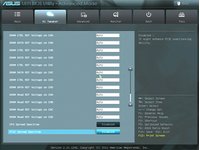
The P9X79 plays on our love of simplified menus by placing key voltage controls on the main Ai Tweaker menu. Per-channel DRAM reference voltage levels might be perceived as over-the-top, however, since only the most persistent tweakers use these.
Choosing “Ultra High” CPU Load-line Calibration from the DIGI+ Power Control submenu allows us to retain a CPU core voltage very close to our targeted 1.35 V under heavy processor loads.
Disabling EIST within the CPU Performance Settings submenu let us lock in a constant 47x CPU multiplier, exceeding non-Turbo Boost ratios even though the menu shows Turbo Mode disabled.
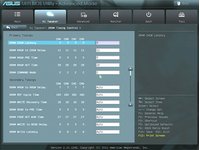
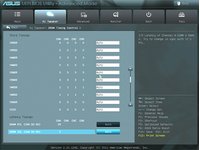
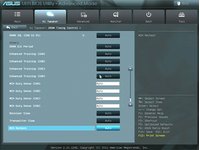
The P9X79’s DRAM Timing Control submenu adds slew rate to the familiar primary, secondary, and tertiary timings.
Get Tom's Hardware's best news and in-depth reviews, straight to your inbox.
-
I like Asrock boards. I have an 880GM-LE mATX and a Z68 Pro3 Gen3 ATX and both are good performance and price-performance wise.Reply
-
hellfire24 Asrock is dominating both high end and mid range market.extreme3/gen3 1155 is awesome and cheapest pci-e 3.0 sli capable mobo.Asrock FTW!!!Reply -
Achoo22 ReplyQuite simply, the costs associated with Sandy Bridge-E are higher, in part because of Intel's prices and also because the boards are more difficult to design.
Since the boards all have vastly superior profit margins, your statement is misleading. Why is everyone too afraid to reveal the truth about motherboard pricing? -
AlexIsAlex Would it be possible, in future motherboard reviews, to include a measure of the cold boot (POST) time? This is something that different bioses can be differentiated on, and UFEI offers the potential for very fast boots if manufacturers take advantage of it properly.Reply
A comparison of the time between the power button being pressed and the installed bootloader starting would be very interesting to me. I was thinking it might be easiest to measure this by having no OS on the boot media and measuring the time to the "please insert boot media" message, but I'm sure you can think of other ways of doing it.
I'm also informed that on some boards the boot time varies dramatically dependent on whether any Overclocking is enabled, as compared to the stock settings - that would also be worth knowing. -
americanbrian your feature table says the asrock extreme 4 comes with an 8 phase voltage regulator, but the text of article says 10 phase...which is it ?Reply -
KT_WASP crisan_tiberiuASRock = ASUSReply
not anymore, asrock is no longer affiliated with Asus and is owned by Pegatron Corp. -
memadmax I wish tom's would do a "best motherboards for the money" or something close to that.Reply
